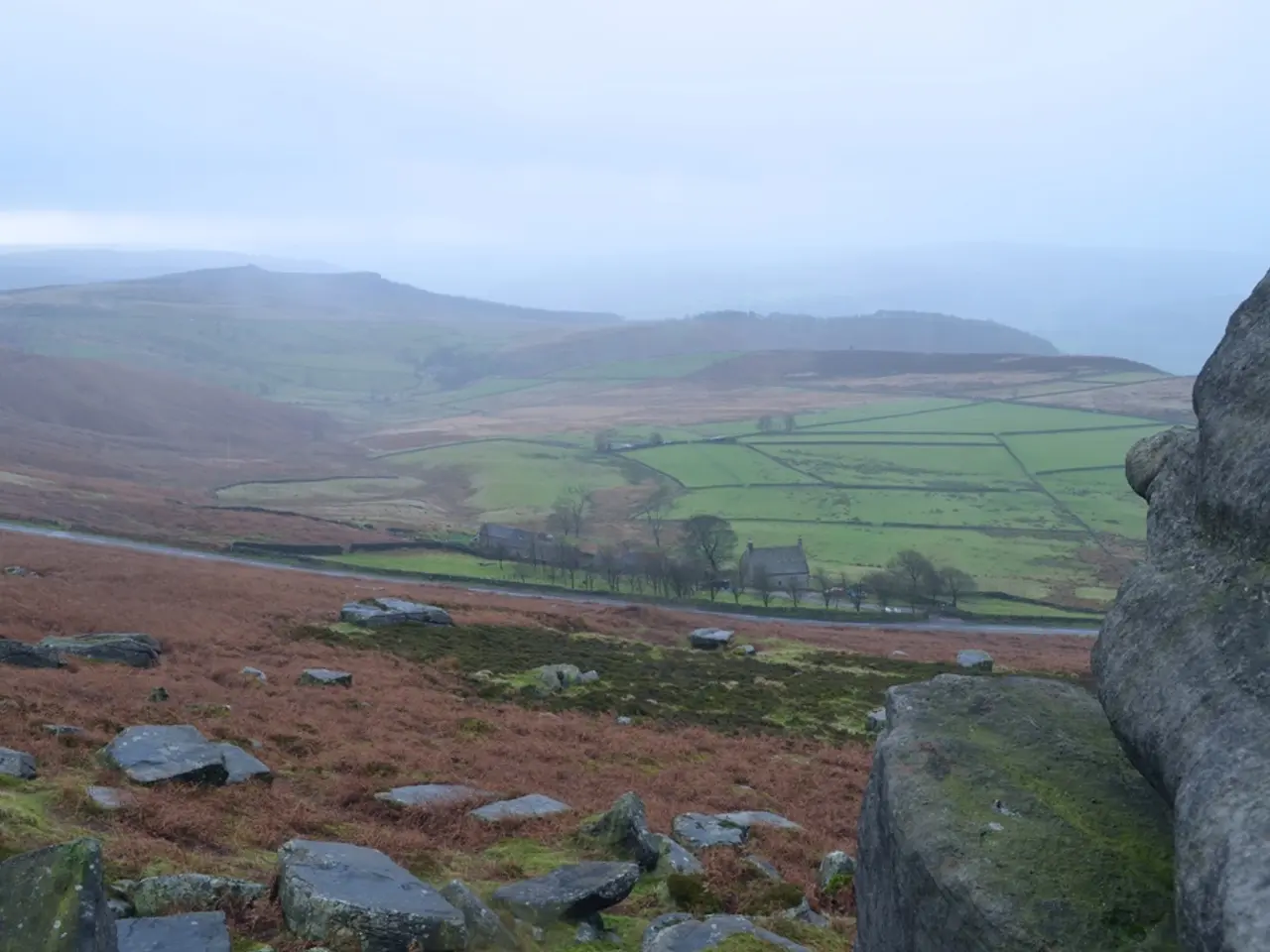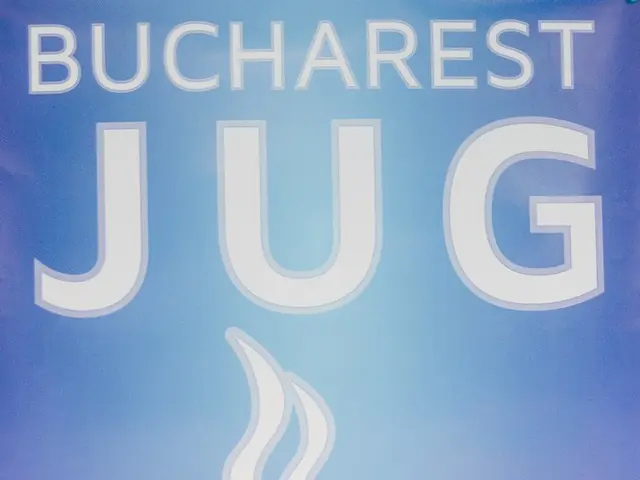The Larma Brothers’ Lifelong Fight for Indigenous Rights in Bangladesh’s Hill Tracts
The Chittagong Hill Tracts (CHT), a rugged region in Bangladesh, has been the stage for a long-standing struggle for dignity and self-determination. This struggle is led by the Larma brothers, Manabendra Narayan Larma (MN Larma) and Jyotirindra Bodhipriya (Santu Larma), who have dedicated their lives to fighting for the rights of the indigenous peoples, known as Jummas.
The Larma brothers were born and raised in Mahapuram village, Rangamati District, in a family committed to education, integrity, and social service. Their story echoes an ancient Buddhist tale, the Jātaka of Maha Nandik and Chulla Nandik, where two brothers sacrifice themselves to save their mother from a cruel hunter. In the CHT, MN Larma is seen as the courageous Maha Nandik, while Santu Larma mirrors Chulla Nandik, and the CHT itself represents the threatened motherland.
MN Larma's political journey began early. He founded the Jumma Students' Conference in 1957 and joined the East Pakistan Student Union in 1958, advocating for social justice and indigenous rights. After Bangladesh's independence in 1971, he formed the Chittagong Hill Tracts Election Organising Committee and was elected to the Provisional Assembly in 1970. In 1972, he submitted a four-point charter of demands to the then prime minister Sheikh Mujibur Rahman, advocating for regional autonomy and a separate legislature for the CHT. He became the representative of the CHT in the parliament of Bangladesh in 1973. However, successive rulers marginalized the indigenous peoples, leading to armed resistance by MN Larma and the Parbatya Chattagram Jana Samhati Samiti.
The struggle in the CHT, led by the Larma brothers, reflects a deep-seated desire for dignity, recognition, and self-determination among the indigenous peoples. Their story, intertwined with the ancient Jātaka tale, serves as a reminder of the power of courage, sacrifice, and perseverance in the face of adversity.
Read also:
- India's Agriculture Minister Reviews Sector Progress Amid Heavy Rains, Crop Areas Up
- Cyprus, Kuwait Strengthen Strategic Partnership with Upcoming Ministerial Meeting
- Inspired & Paddy Power Extend Virtual Sports Partnership for UK & Ireland Retail
- South West & South East England: Check & Object to Lorry Operator Licensing Now






